Since the late 19th century, Maine has been one of the premier hubs for art in America. For most of this time, it has been a refuge for artists bent on working away from the pressures of the art world.
With a gallery boom and major expansions at the Portland Museum of Art, the Bowdoin Art Museum, the Farnsworth, the Colby College Museum of Art and other venues, Maine has grown into a place where great art is both produced and made available to the public.
Gleason Fine Art is now showing a terrific exhibition focused on Maine’s wellspring of painting: Monhegan Island.
Gleason’s show is not a historical survey that features all the big names (the Wyeths, Robert Henri, George Bellows, Rockwell Kent, etc.), but the 60 or so works on display make a compelling introduction to Maine coastal painting with a combination of historically significant artists — such as James Fitzgerald, Reuben Tam and Andrew Winter — and some strong painters who are currently active.
Two of my favorite pictures are Fitzgerald’s images of seagulls. One is a large wash drawing focused on a single bird raising its wings to take off. Fitzgerald had a confident light touch with a large brush, and reveals his great sense of spatial composition. The other gull piece, although grittier with its scratchy charcoal drawing, has a circular logic reminiscent of Matisse’s masterpiece “The Dance.”
Edward Hopper casts a long shadow over Maine coastal painting, so it is rare to find artists who can work comfortably with a similar feel. Kevin Beers is one of them. His respect for Hopper is apparent, but he quickly takes his quiet volumes and glowing tonality away from Hopper’s slow, cooled lines. Beers’ brushwork flows at a strong pace that never hurries nor abandons thoughtfulness.
Beers’s “Yellow Light” reveres the simple but well-proportioned architectonic forms of a Monhegan house while basking in the brisk, coastal light. The masterful bow to Hopper is worth applauding — especially when a closer inspection reveals Beers’ flowing brushwork is nothing like Hopper’s.
Similarly, Scott Kelley has a fully engaged relationship with the works of James Audubon but uses this relationship to underscore qualities of his work such as craftsmanship, respect, intellect and skill.
Kelley’s “Common Tern, Monhegan” is a 30-by-40-inch work on paper that features an Audubon-style tern rendered above a coastal scene of a dozen dories in a safe harbor and six simple houses behind them on a spit of land. The bird looks like the ones that Audubon shot, pinned to a wall and then rendered with encyclopedic awkwardness. Kelley colors the water, landscape and structures with the recognizable palette of old, colorized photos and postcards. If that weren’t enough, he covers the image with fake “foxing stains” — the little rust-colored age spots of vintage paper. The atmospheric effect of the fake stains is brilliant.
I think the style of Maine painters is marked more by an ethic than any particular aesthetic — like work made by people who respect hard work. It has the boldness of German Expressionism but without the cringing angst. It is free from the self-doubt of the pre-war New York painters — probably because Maine sat second chair to no one in terms of 20th-century landscape. The Maine ethic of painting has a physicality that embraces the professionalism of seasoned effort with bold strength rather than gestural bravado.
Gleason’s “Monhegan” has real depth: Andrew Winter’s three paintings from around 1940 revel in the material of paint but with a feel for light. In his seascape “Silver,” Ralf Feyl plays the flash of spraying waves against the physicality of knifed impasto smeared over the dark rocks that hold back the scene and sea. Stephen Pace’s 1953 abstract watercolor “Monhegan” is a handsome reminder that the Maine school is more about painting than landscape. Henry Isaacs’ view of Cranberry Island might not be a Monhegan image per se, but his sense of pleasure in working the paint into the image is undeniable.
It is this positive sense of equating the pleasure of working with the pleasure of seeing that underlies the Maine ethic of painting.
“Monhegan” is a big show, but Gleason does not try to force it into a specific narrative. It makes for an enjoyably casual experience of the wellspring of painting in Maine.
Freelance writer Daniel Kany is an art historian who lives in Cumberland. He can be contacted at:
dankany@gmail.com
Send questions/comments to the editors.

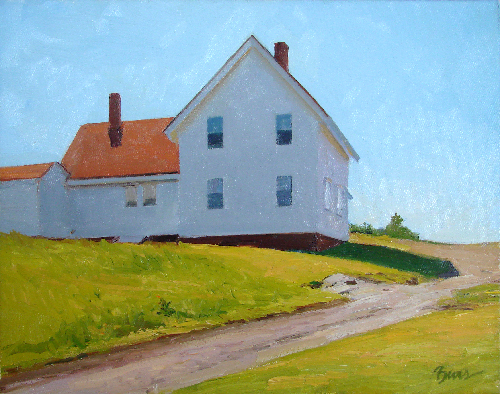
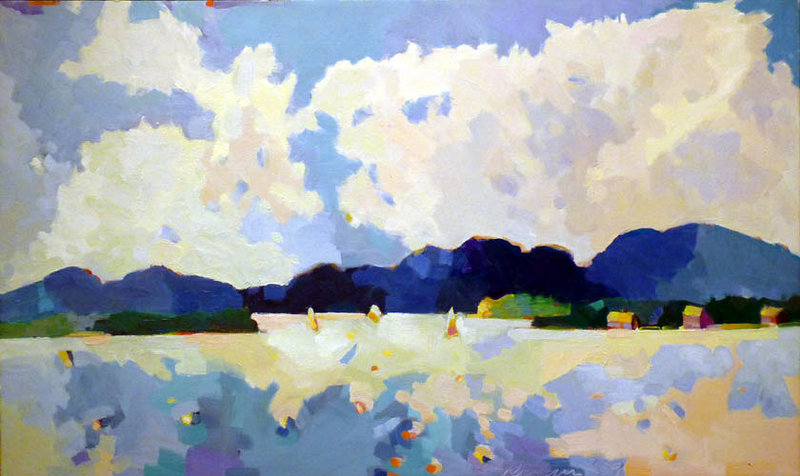
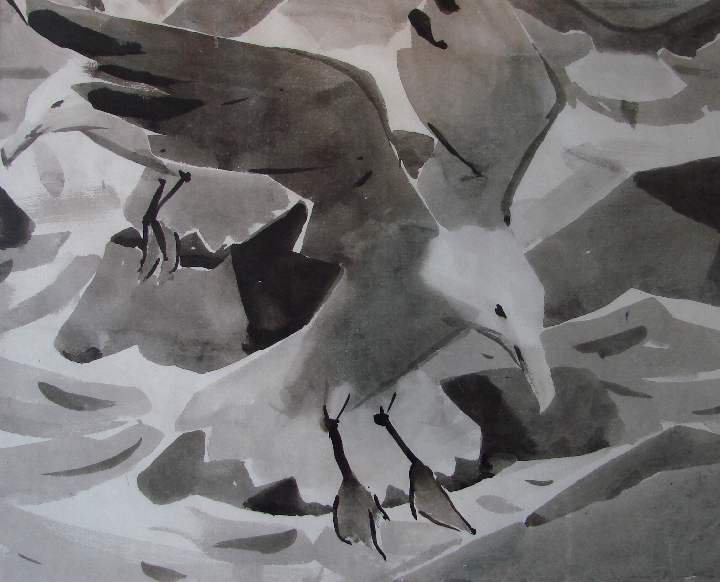
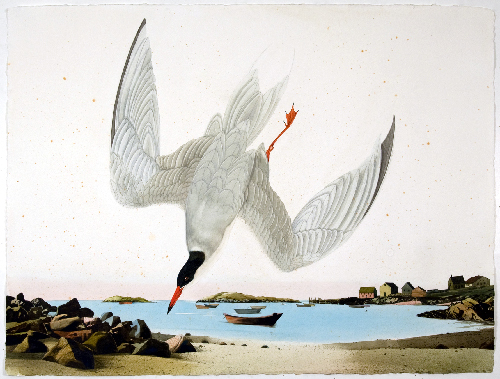
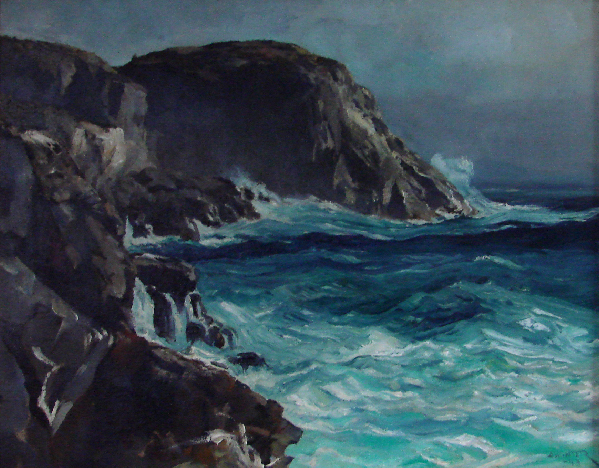
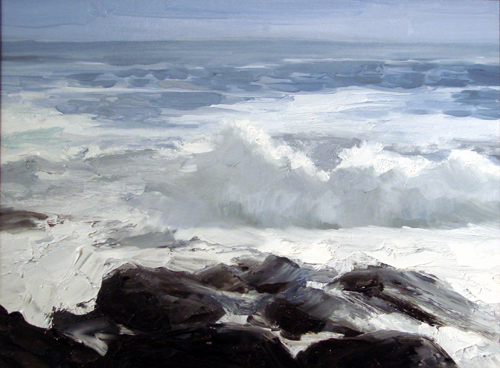

Success. Please wait for the page to reload. If the page does not reload within 5 seconds, please refresh the page.
Enter your email and password to access comments.
Hi, to comment on stories you must . This profile is in addition to your subscription and website login.
Already have a commenting profile? .
Invalid username/password.
Please check your email to confirm and complete your registration.
Only subscribers are eligible to post comments. Please subscribe or login first for digital access. Here’s why.
Use the form below to reset your password. When you've submitted your account email, we will send an email with a reset code.